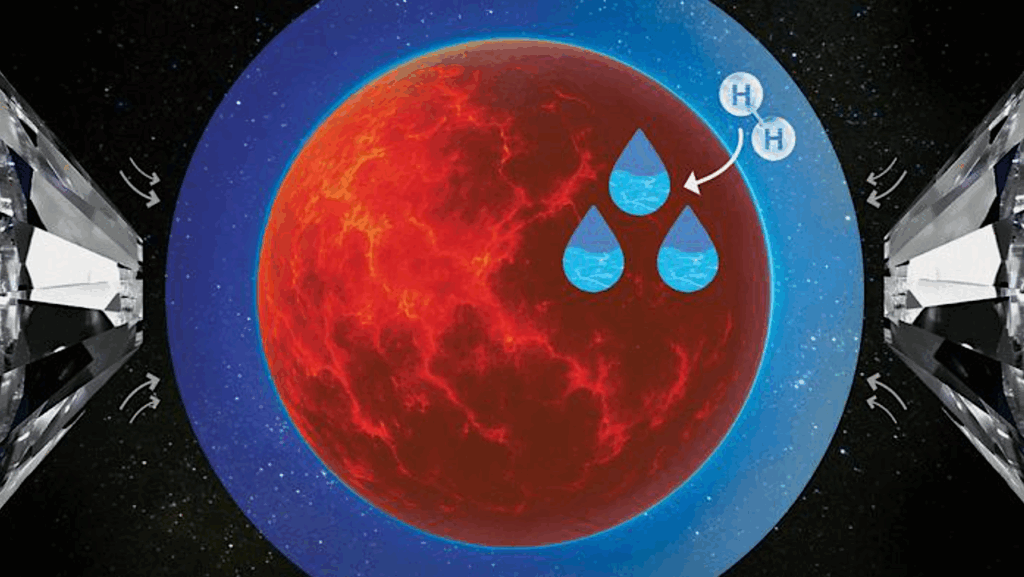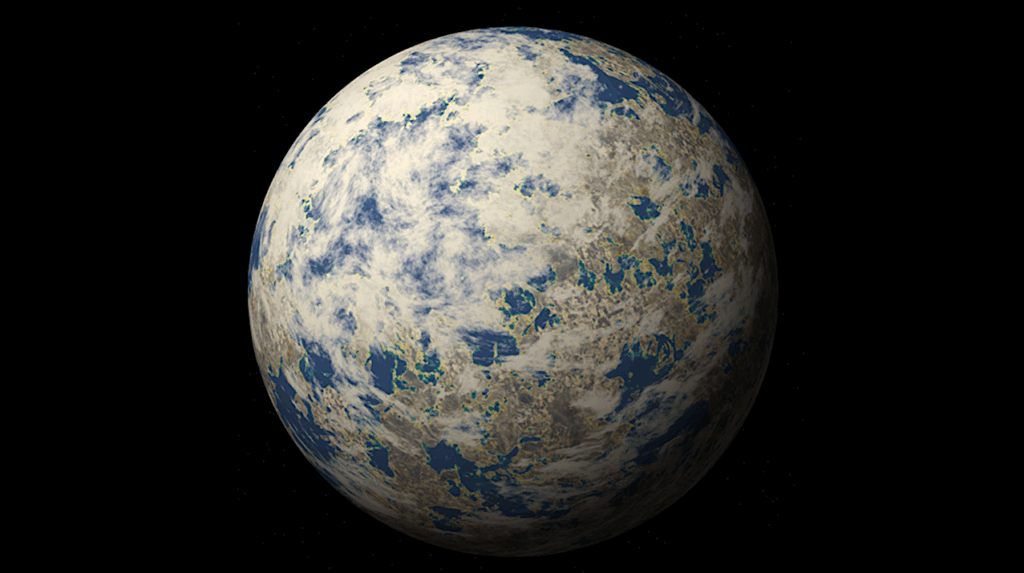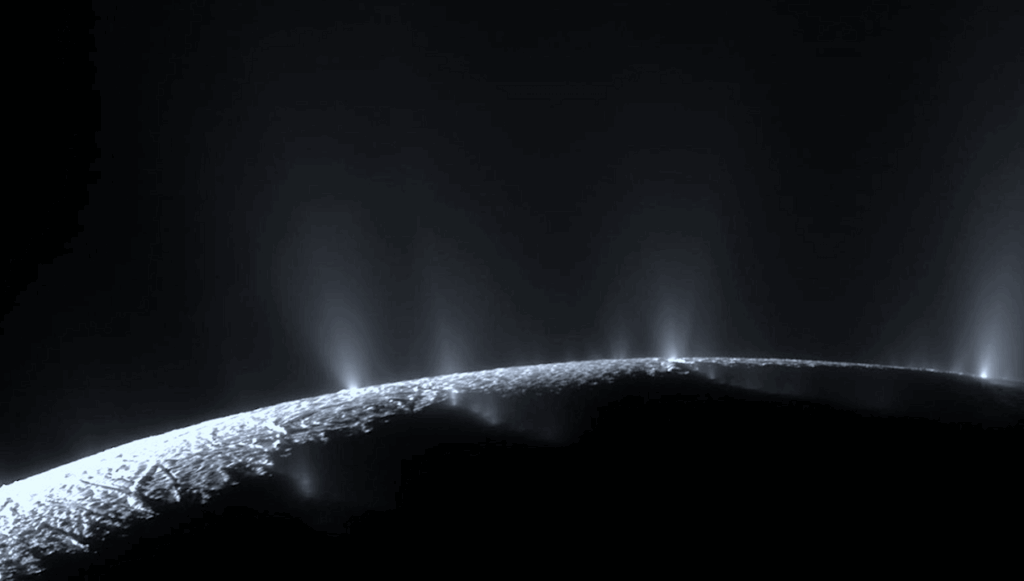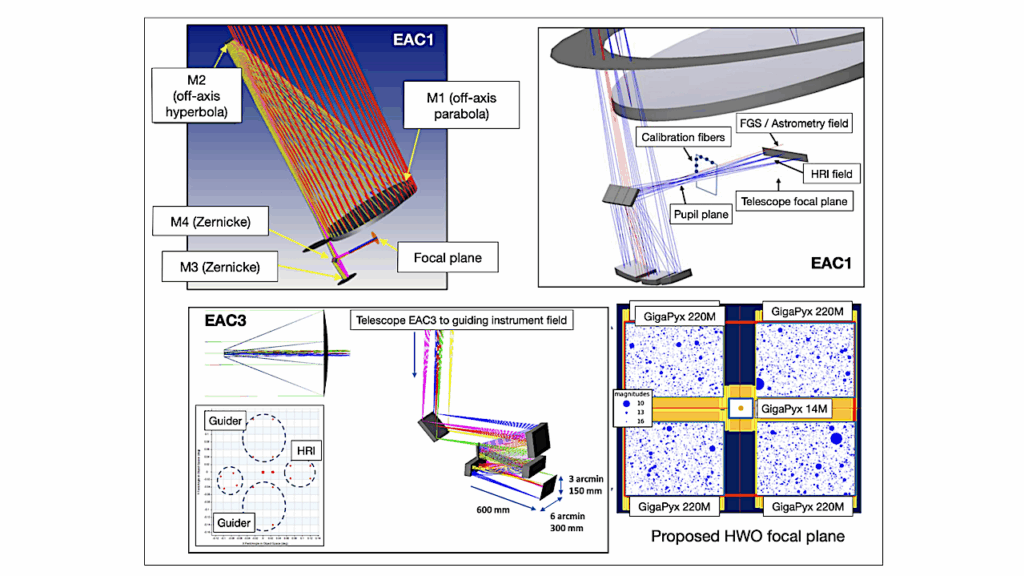The HOSTS survey: Evidence For An Extended Dust Disk And Constraints On The Presence Of Giant Planets In The Habitable Zone Of β Leo

The young (50-400 Myr) A3V star β Leo is a primary target to study the formation history and evolution of extrasolar planetary systems as one of the few stars with known hot (∼1600∘K), warm (∼600∘K), and cold (∼120∘K) dust belt components.
In this paper, we present deep mid-infrared measurements of the warm dust brightness obtained with the Large Binocular Telescope Interferometer (LBTI) as part of its exozodiacal dust survey (HOSTS). The measured excess is 0.47\%±0.050\% within the central 1.5 au, rising to 0.81\%±0.026\% within 4.5 au, outside the habitable zone of β~Leo. This dust level is 50 ± 10 times greater than in the solar system’s zodiacal cloud. Poynting-Robertson drag on the cold dust detected by Spitzer and Herschel under-predicts the dust present in the habitable zone of β~Leo, suggesting an additional delivery mechanism (e.g.,~comets) or an additional belt at ∼5.5 au.
A model of these dust components is provided which implies the absence of planets more than a few Saturn masses between ∼5 au and the outer belt at ∼40 au. We also observationally constrain giant planets with the LBTI imaging channel at 3.8~μm wavelength. Assuming an age of 50 Myr, any planet in the system between approximately 5 au to 50 au must be less than a few Jupiter masses, consistent with our dust model. Taken together, these observations showcase the deep contrasts and detection capabilities attainable by the LBTI for both warm exozodiacal dust and giant exoplanets in or near the habitable zone of nearby stars.
D. Defrère, P.M. Hinz, G.M. Kennedy, J. Stone, J. Rigley, S. Ertel, A. Gaspar, V.P. Bailey, W.F. Hoffmann, B. Mennesson, R. Millan-Gabet, W.C. Danchi, O. Absil, P. Arbo, C. Beichman, M. Bonavita, G. Brusa, G. Bryden, E.C. Downey, S. Esposito, P. Grenz, C. Haniff, J.M. Hill, J.M. Leisenring, J.R. Males, T.J. McMahon, M. Montoya, K.M. Morzinski, E. Pinna, A. Puglisi, G. Rieke, A. Roberge, H. Rousseau, E. Serabyn, E. Spalding, A.J. Skemer, K. Stapelfeldt, K. Su, A. Vaz, A.J. Weinberger, M.C. Wyatt
Comments: 11 pages, 9 figures, accepted for publication in Astronomical Journal
Subjects: Earth and Planetary Astrophysics (astro-ph.EP); Solar and Stellar Astrophysics (astro-ph.SR)
Cite as: arXiv:2103.03268 [astro-ph.EP] (or arXiv:2103.03268v1 [astro-ph.EP] for this version)
Submission history
From: Denis Defrère
[v1] Thu, 4 Mar 2021 19:05:09 UTC (5,316 KB)
https://arxiv.org/abs/2103.03268
Astrobiology, Astrochemistry,








